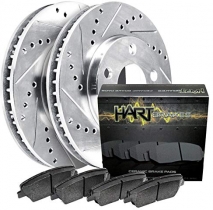-
Welcome to 4Runners.com!
You are currently viewing as a guest! To get full-access, you need to register for a FREE account.
As a registered member, you’ll be able to:- Participate in all 4Runner discussion topics
- Transfer over your build thread from a different forum to this one
- Communicate privately with other 4Runner owners from around the world
- Post your own photos in our Members Gallery
- Access all special features of the site
New 94runner
Discussion in '2nd Gen 4Runners (1990-1995)' started by jonasshole, Jan 7, 2021.
Page 2 of 2
Page 2 of 2

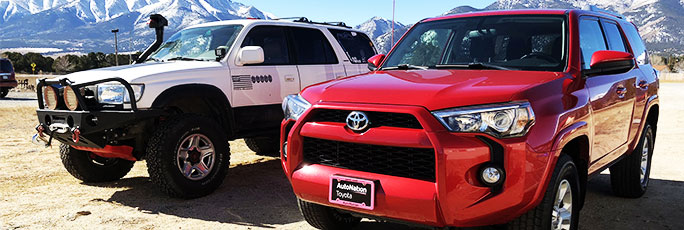
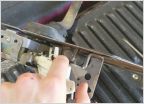 Sloppy shifter
Sloppy shifter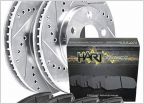 Recommended rotors and brake pads?
Recommended rotors and brake pads?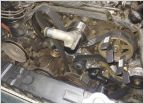 Camshaft Seal replacement
Camshaft Seal replacement Ball joints
Ball joints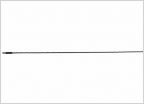 Antenna alternatives?
Antenna alternatives?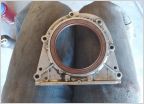 Rear main seal help
Rear main seal help













